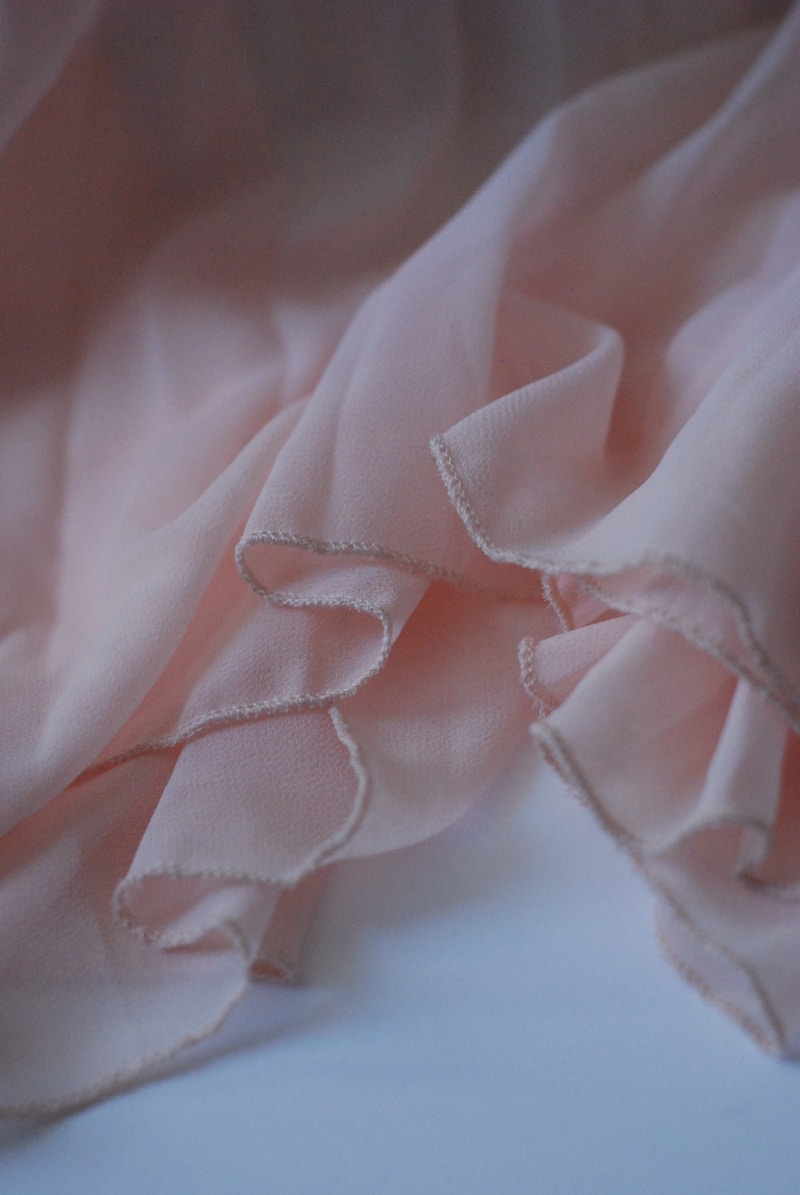Mastering Artful Draping Techniques: Elevate Your Fashion Design Skills
When it comes to fashion design, the mastery of draping techniques is essential for creating stunning garments that exhibit both creativity and technical skill. Artful draping techniques allow designers to transform fabric into three-dimensional shapes that flatter the human form. In this comprehensive guide, we will explore the various methods, tips, and best practices associated with artful draping, as well as highlight the significance of draping in the fashion industry.
The Importance of Draping in Fashion Design
Draping is not just a method of design; it's an art in itself. It enables designers to visualize how fabric interacts with the body, making it an essential step in the design process. Here are a few reasons why mastering draping techniques is vital for budding fashion designers:
- Creativity: Draping allows for the exploration of innovative shapes and silhouettes that can inspire unique designs.
- Fit: Proper draping helps ensure that garments fit well by adjusting the fabric to conform to the body's curves and contours.
- Texture Play: Various fabrics behave differently when draped, allowing designers to experiment with texture and layering.
Basic Artful Draping Techniques
In order to master artful draping techniques, beginners should start with a few foundational methods. Here are some essential techniques you should practice:
The dart is a fundamental shaping technique that involves folding fabric to create contour and fit. To create a basic dart:
- Identify the waistline of your fabric.
- Pinch the fabric at the waist to form a triangle.
- Sew along the edges of the dart to secure the fabric in place.

Asymmetrical draping adds creative flair to garments by introducing uneven lines and shapes. This technique can be achieved by:
- Choosing a side of the body where the drape will be more pronounced.
- Gathering or folding fabric more on one side than the other.
- Using weights or pins to secure the asymmetrical drape into position.
Cowl draping involves creating soft, flowing folds that can be incorporated into necklines, sleeves, or hemlines. To achieve the cowl effect:
- Choose a lightweight fabric that drapes well.
- Gather fabric at the center and allow it to cascade downwards.
- Secure the drape with stitching or pins to maintain the look.
Advanced Artful Draping Techniques
Once you have a handle on basic techniques, it’s time to elevate your skills with more advanced methods. Here are some to explore:
Multi-layer draping incorporates various layers of fabric to create depth and dimension. This technique is particularly popular in haute couture. Begin by:
- Choosing fabrics of varying weights.
- Layering fabrics to explore the interplay of texture and transparency.
- Experimenting with different lengths and angles in your layers.
Structural draping includes the use of materials such as boning or interfacing to achieve architectural forms. This technique can create garments that have a stand-alone structure. Steps include:
- Incorporating boning into seams to support the drape.
- Strategically folding and tacking fabric to build up volume.
- Using heavier fabrics for stability while allowing light fabrics to provide movement.
Advanced draping techniques can also involve manipulating fabric to add volume. This could mean creating intricate pleats, ruffles, or tucks. Techniques include:
- Creating pleats that are both decorative and functional, allowing the garment to move with the wearer.
- Using gathered fabric to softy shape garments around the bust or waist.
- Incorporating tucks to add a unique detailing element while maintaining fit.
| Technique | Description | Usage |
| Basic Dart | Pinching fabric to create contour | Essential for fit adjustments |
| Asymmetrical Draping | Creating uneven lines | Adds visual interest |
| Cowl Draping | Soft flowing folds | For necklines and sleeves |
| Multi-Layer Draping | Combining different fabrics | Creates depth and dimension |
| Structural Draping | Using support materials | For architectural shapes |
| Manipulating Volume | Pleats, ruffles, and tucks | To enhance garment shape |
Tips for Mastering Artful Draping Techniques
With a variety of draping techniques available, here are some tips to help you excel:
- Practice Regularly: Like any skill, the more you practice draping, the better you will become. Set aside time to experiment with different fabrics and techniques.
- Work with a Dress Form: A dress form can help you visualize how the fabric will drape on a real body. Use it to pin and shape your designs more accurately.
- Study the Work of Others: Analyze how established designers utilize draping in their collections. Attend fashion shows or watch online videos to gather inspiration.
Conclusion: The Art of Draping is Within Your Reach
In conclusion, mastering artful draping techniques is a vital part of your fashion design journey. These techniques not only enhance creativity but also play a crucial role in achieving perfectly fitted garments. By understanding and practicing the various draping methods detailed in this article, you can take your designs to the next level, impressing both yourself and your audience.
As you explore artful draping techniques, remember to remain patient and persistent. The world of fashion is filled with endless possibilities, and with practice, you will find your unique style and voice through the art of draping. Happy designing!